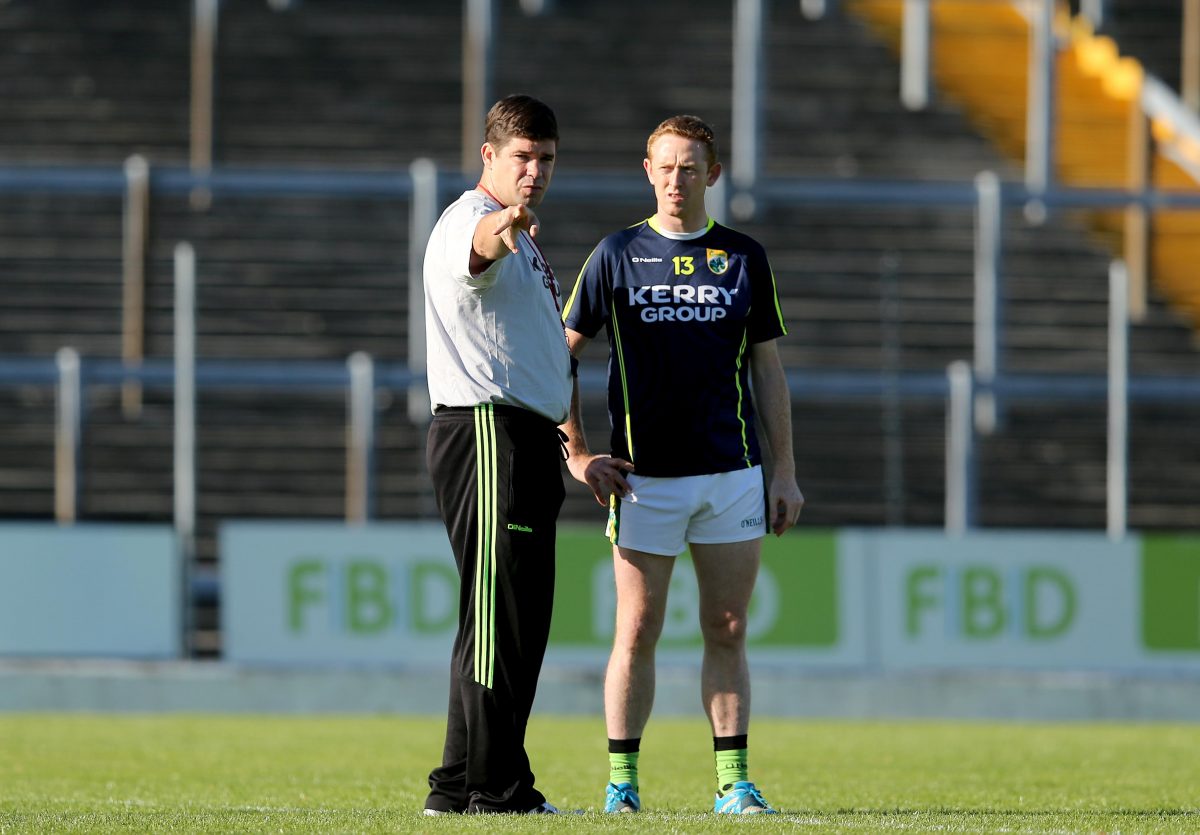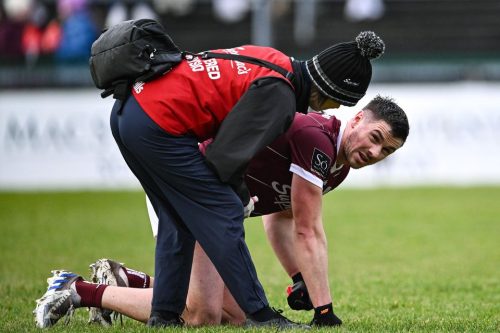
Kaizen in Everything. But Why?
“The only true test of intelligence is if you get what you want out of life.” – Naval Ravikant
Building meaningful and real connections is such an important part of coaching, but let’s be honest, it can be the hardest part of the job. With some athletes and clients, you’re going to click right away. With others it can be a little more difficult.
It can be a daunting experience to strike up a conversation with a complete stranger and sometimes it can feel as though you’re talking to a wall. Occasionally, your efforts to approach an athlete will be rebuffed, and they may give you very little to work with.
When this happens it generally isn’t because of something you’ve done so far. It may just be that the individual you’re speaking to is a little reluctant to trust you just yet. This may be their own issue. It may be because of an experience they’ve had with a coach in the past. Or it may be because something about your personality or the situation is intimidating them. It’s our job as coaches, to break down these barriers, so we can guide the athlete in question towards improving their performance.
So, in order to do this I have a few key strategies and principles that I like to use to help the relationship move a little more quickly.
This is by far the most important and powerful connector for any group of athletes. With any individual, in just about any setting, it’s absolutely impossible to develop any sort of relationship, if you don’t know each other’s names.
Chances are, if you’re presenting to the group, they’ll learn your name pretty quickly. But after the group presentation, it’s important to make a real effort to go and approach the athletes in a one-on-one scenario. After you’ve greeted them and asked them their name, make sure to say their name back to them a couple of times, so that you’ll be more likely to remember it. This may be as simple as saying it immediately, or saying it whilst cueing an exercise. Knowing a person’s name opens the door for you to start to connect on a deeper level.
Now, this definitely does not mean go and start groping your athletes. What is effective though is simply shaking hands upon meeting, and then giving them a high five or fist bump on completion of an exercise or as a piece of positive reinforcement for a job well done. It’s also yet another opportunity to say the athlete’s name back to them so that you DEFINITELY won’t forget it.
Unfortunately, athletes can act like children sometimes, and like children, they can smell your bullshit from a mile away. If you’re trying to be something you’re not, they’ll interpret your actions as ingenuine. As a result, you’ll likely struggle to get them onside. The most important thing is that they know that you have their best interests at heart. If you’re impersonating a caricature of a coach you admire, then they’ll see right through you. They’ll struggle to keep it real with you, if you don’t keep it real with them.
If you’re an autocratic, authoritative, loud and overtly blunt piece of shit, then by all means you can be that S&C coach stereotype. But if you’re a little less like that, then don’t be afraid to be yourself.
This is number one for me, and it comes back to the previous point of being yourself. My friends know me as a bit of a joker. I enjoy taking the piss out of every situation. So what do I do when presented with a new group of athletes? I take the absolute piss to break the ice. If I can make them smile or laugh, then in my eyes I’ve already won. Leave them laughing and they’ll hopefully remember the session and you a little more fondly. Just remember, it’s as important to take the piss out of yourself as it is the situation. Be very careful early on who you joke with, as if you joke with the wrong person it can go wrong very quickly. Read the room. Spoken from experience.
Following on from the previous point, it’s incredibly important to help your athletes to have fun during the process of training. The reason they get involved in sport in the first place is because they enjoy it, so that should be carried over into the weight-room as well. If you make the gym an enjoyable place to be in, then it’s much more likely that your athletes will show up to lifting sessions. Likewise, the training paddock is for trying new things, enjoying each other’s company and challenging ourselves. Create scenarios that foster healthy competition. Applaud their efforts and don’t take it all too seriously.
N.B. Have a playlist for any occasion and a speaker at the ready. There’s nothing less fun and more deafening than the silence of a mute gym.
If you want your athletes to feel comfortable opening up to you, then you’ve got to remain open to listening and accepting their POV. If you lose your cool every time they come to you with a problem, they’ll be less likely to come to you with their problems. If you aren’t willing to take some time explaining why you do th9ings the way you do, then you’ll struggle to get buy-in to the program. And if you are too rigid in your planning, then don’t be surprised if they end up rebelling and doing their own thing in revolt.

In order to get to know your athletes better, it’s incredibly important that you know a little bit more about them than their PBs. Find out what they do for a living. Find out where they’re from. Find out how many kids they have. ANd find out what they’re interested in. Afterall, we know that many people use training as a means of escaping from their daily stressors. When they’re training they may not want to be solely focused on pushing themselves to the limit. Let them vent. Let them cry. But make sure to make training a safe space for them to de-stress and get some things off their chest. You’ll likely have a lot more people at your sessions if you do.
Another way of connecting with your clients is finding some common ground or interests between you and them. If they get the opportunity to talk about something that they’re passionate about, then they’ll be far more likely to associate your interactions with positivity. It’s also an incredible opportunity for you to bond with your athletes. They’ll look forward to seeing you and conversing about the latest happenings in that subject area if they know that it’s something you’re genuinely interested in as well. Just make sure to remain genuine.
Empathy is defined as the ability to understand and share the feelings of another person. So clearly this is a highly important part of the coaching and connecting process. As coaches we must be constantly seeking to understand. That may be as simple as understanding the language that our clients use with us to describe a movement or their pain point. But once we understand it’s imperative that we are able to put ourselves in the client’s shoes and see the world and the situation from their POV. If we can share their feelings and communicate this in a genuine manner, then we’ll be right there with them and ready for them to trust us to help them to choose the next step.
Now that we’ve shown that we really care, it’s time for us to get to work. This is when we can now add value to the athlete’s experience and help to guide them down the right path. This comes from effective questioning, teaching, demonstration and finally positive reinforcement. Applaud them when they do some correctly and they’ll be far more likely to do it again. People inherently seek validation, so use that to your advantage. Explain to them what you’re looking for and when they achieve it, make sure to let them know. Focus on the positive, rather than the negative. Hopefully then you can both grow together.
Coaching is meant to be a collaborative process, so make an effort to make it that way.

“The only true test of intelligence is if you get what you want out of life.” – Naval Ravikant

So, we can see that when it comes to our training, a certain volume of work when paired with adequate recovery is positive for our development, but if that same intensity of work is mismanaged and spiked, then the same exercise intensity can be toxic to the athlete.

Unfortunately, it takes a fall from the peak of mount stupid, on top of the Dunning-Kruger curve, for many of these lessons to land home.
Here to help you achieve your health and performance goals.
At Petey Performance, I’ll assist you every step of the way. What’s stopping you?
Take ownership today.
© 2021 All Rights Reserved
Subscribe to Petey Performance and get updates on new posts plus more exlusive content.